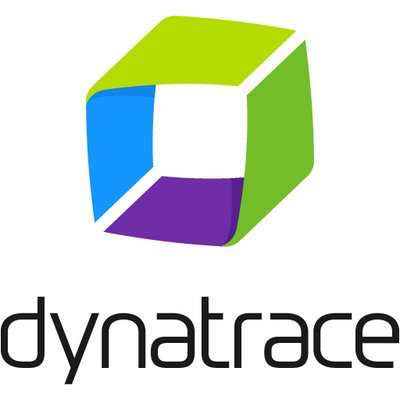devopsdays Boston - Location
The Cyclorama at Boston Center for the Arts - 539 Tremont St, Boston, MA 02116
The Cyclorama at Boston Center for the Arts is an impressive and historic venue located in the stylish South End neighborhood of Boston. Surrounded by the largest collection of Victorian brownstones in New England and representing the height of urban industrial chic, the Cyclorama offers inspiration and limitless possibilities for all kinds of events.
Featuring a dazzling copper skylight dome atop a round, brick-lined 23,000-square foot space, the Cyclorama can host from 100 to 1000 guests (up to 875 seated).

The elegant simplicity of the building, which was opened in 1884 and is included on the National Register of Historic Places, makes a stunning statement on its own.
Here's what Wikipedia has to say about it:
The Classical Revival style Victorian building was commissioned by Charles F. Willoughby's Boston Cyclorama Company to house the Cyclorama of the Battle of Gettysburg, a 400-by-50 foot cyclorama painting of the Battle of Gettysburg. It was designed by Charles A. Cummings and Willard T. Sears. The central space is a 127’-diameter steel-trussed dome which, when it was built, was the largest dome in the country after the United States Capitol building. Visitors entered through the crenelated archway, proceeded along a dark winding passage, and then ascended a winding staircase to an elevated viewing platform. Skylights lit the scene by day, and it was illuminated by a system of 25 arc lamps by night.[2]
In 1889, a new cyclorama painting Custer's Last Fight, was installed, but by 1890, the fashion for cycloramas had ended, and the new owner of the building, John Gardner (father-in-law of Isabella Stewart Gardner), converted it to a venue for popular entertainment, including a carousel, roller skating, boxing tournaments (including an 1894 fight of John L. Sullivan), horseback riding, bicycling, and so on.
By 1899, it had become an industrial space, used by the New England Electric Vehicle Company, the Tremont Garage, the Buick Automobile Agency, and Albert Champion Company. Albert Champion is said to have invented the spark plug here before he moved to Flint, Michigan.
When the Boston Flower Exchange bought the building in 1923, it added a new entrance and covered central dome with a skylight. The Flower Exchange occupied the building until 1970.
How to get there
Public Transportation
The BCA is easily accessible by public transportation.
MBTA Orange Line to Back Bay Station
Take the Clarendon Street exit and walk with traffic (Clarendon Street is one-way). Walk approximately 500 yards to Tremont Street. Take a left onto Tremont Street. The BCA is on the first block on the left.
MBTA Green Line to Copley
Continue along Boylston Street with traffic (Boylston Street is one-way). Take a right onto Clarendon Street and walk approximately 750 yards to Tremont Street. Take a left onto Tremont Street. The BCA is on the first block on the left.
MBTA Silver Line SL4 & SL5
Exit at either East Berkeley Street or Union Park. Walk towards Tremont Street by following the direction of traffic on either Berkeley or Union Park. From Berkeley, turn left onto Tremont; from Union Park turn right onto Tremont.
MBTA Bus #43
Bus route 43 travels along Tremont Street between Ruggles, on the Orange line, and Park Street, on the Green and Red lines. Please ask the driver for the proper stop.
Parking
On-street parking is very limited in the immediate area.
Atelier 505 Parking Garage
Located under the Calderwood Pavilion. Enter on Warren Ave, at the rear of the building.
Garage @ 100 Clarendon Street
Located on Clarendon Street between Stuart Street and Columbus Ave, just before Back Bay Station. Regular Evening Rate - $ 9 from 5pm until 7am the following morning - Seven days per week – No validation required Special BCA visitor parking rate: $17 All day Saturdays and Sundays – Visit the Calderwood Pavilion Box Office to have your ticket validated
Corner of Shawmut and East Berkeley Streets
Open Lots on Berkeley
There are two open parking lots on Berkeley Street at Columbus Avenue. Open until 10pm.



































